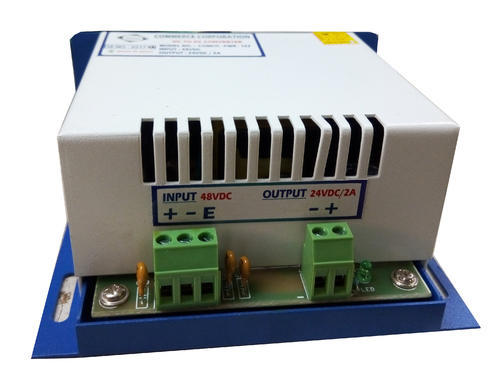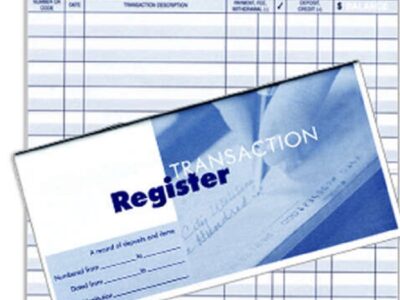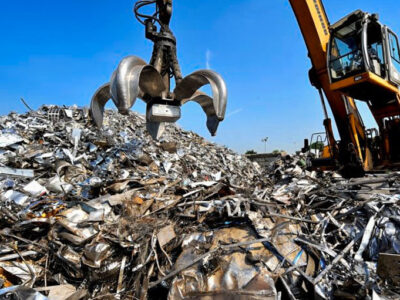
A DC to DC converter is an electrical circuit or electrically powered machine that changes the battery voltage of a direct current (DC) source. It’s a particular kind of electric power transformer. Power levels range from relatively low (small batteries) to extremely high (large batteries) (high-voltage power transmission). The DC-to-DC converter’s working concept is that the inductor in the input resistance causes an unanticipated change in the input current.
Uses of DC to DC Converter
Mobile electronic gadgets, such as cellphones and personal computers, employ DC to DC converter to transform power from batteries to AC power. Typical electronic devices include numerous sub-circuits, each with its own voltage level demand that differs from the battery or an output port (sometimes higher or lower than the supply voltage).
The output voltage is usually regulated in most DC to DC converter circuits. Elevated LED power sources, which are a type of DC to DC converter that modulates the current through the LEDs, and simple charge pumping systems that double or treble the output voltage are two examples of exceptions.
Electronic Transmission
Switched-mode By temporarily storing energy input and then sending it at a different voltage to the outputs, DC-to-DC converters transform one DC voltage level to another, which may be greater or lower. Magnetic field storage devices (inductors, transformers) or electric field storage components can be used to store data (capacitors). This method of voltage conversion can raise or decrease voltage. Switching transition is more energy efficient (average efficiency ranges from 75% to 98%) than linear voltage regulation, which wastes energy as heat.
Converters can move power in one direction
The majority of DC-to-DC converters are only capable of moving power in one direction, from designated input to output. By substituting all diodes with individually controlled active rectifiers, all switching regulator architectures can be rendered bidirectional and capable of moving power in either way. A bidirectional converter is useful in situations such as vehicle regenerative braking, where power is given to the wheels when moving but supplied by the wheels when braking.
Magnetic Field in a Converter
Energy is frequently collected and delivered from a magnetic field in an inductor or a transformer in these DC-to-DC converters, generally within a frequency range of 300 kHz to 10 MHz. The amount of power delivered to a load can be more readily regulated by modifying the duty cycle of the charging voltage (that is, the ratio of on/off times), though similar control can also be extended to the input current, the output current, or to maintain reliable voltage.
Conclusion
DC-DC converters are commonly used to efficiently generate a regulated voltage from a supply that may or may not be adequately regulated to a variable load. The current is taken and passed through a “switching element” in a basic DC-DC converter. This converts the signal to a square wave, which is really alternating current (AC). The wave is then sent through another filter, which converts it to a DC signal with the required voltage.






